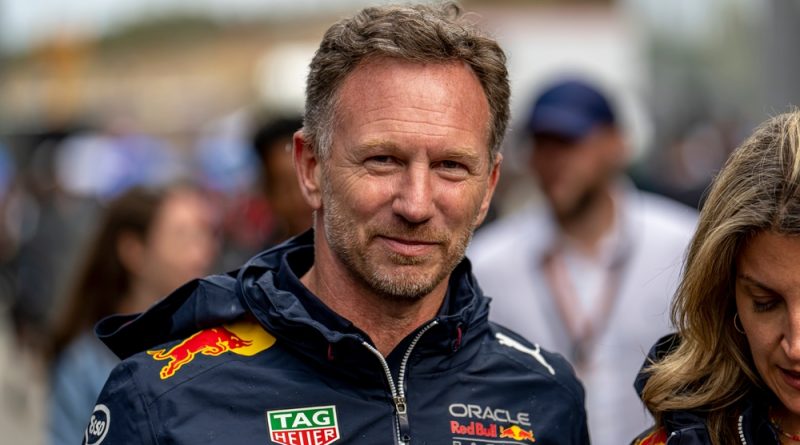Red Bull boss predicts major costs and technical compromises ahead of the 2026 season
From 2026, Formula 1 cars will become lighter — on paper. A new set of regulations will lower the minimum weight from 800 to 724 kilograms (plus tyres), but Red Bull team principal Christian Horner is warning of the enormous challenges teams now face.
The aim of the new rules is to make the cars lighter and more agile. In recent years, car weight has increased significantly, primarily due to safety improvements like the halo and the complex hybrid systems that replaced the lighter V8 engines. Now the trend is being reversed — but that’s easier said than done.
An expensive technical challenge
According to Horner, reaching the new weight limit will be extremely costly. Many teams already struggle to hit current minimum weights without sacrificing durability or aerodynamic performance.
Cutting nearly 76 kilograms will therefore require extensive technical innovation — and multimillion-dollar investments.
Horner specifically criticises what he calls an arbitrary determination of the weight limit. “A number has been plucked out of thin air,” he said. He points out that cars are heavier than ever — especially on the engine side — and that the demand for lighter cars puts engineers in a difficult position.
Weight equals free speed – but at a high cost
Horner emphasises that reducing weight is one of the most effective ways to gain lap time.
A difference of just 10 kilograms can translate to around 0.35 seconds per lap — a critical margin in Formula 1. However, he warns this may lead to difficult compromises in design and material choices.
Mercedes team boss Toto Wolff supports Horner’s concerns, calling the situation “a challenge for everyone.” He highlights that teams now have to consider where to prioritise their resources — whether to focus on lower weight or on improving performance in other areas. “You might have to compromise other performance elements if you want to reduce weight,” he explained.
Although the rules apply to all teams, the path to compliance will differ. For some, it could require completely new materials or a redesign of the car’s architecture. For others, it may mean accepting that they start races heavier — and therefore slower.
One thing is clear: 2026 won’t just mark the beginning of a new technical era in Formula 1 — it will also be an economic and strategic battle over grams, milliseconds, and millions.
Source: Racing365




